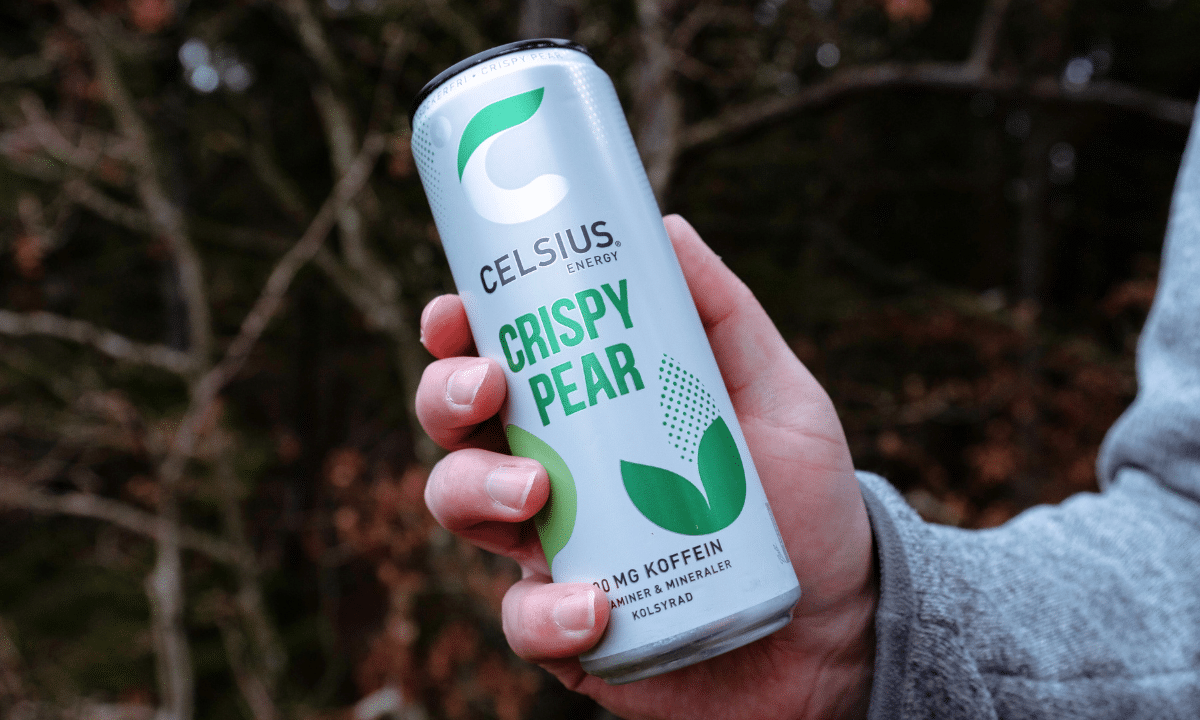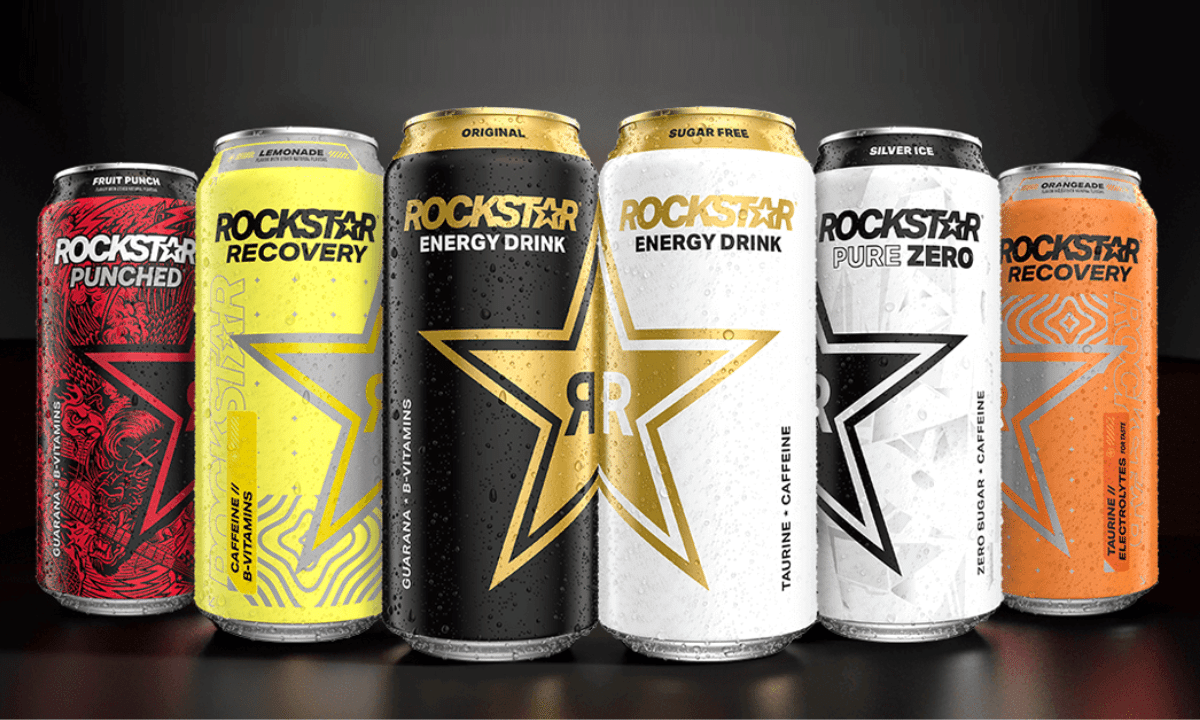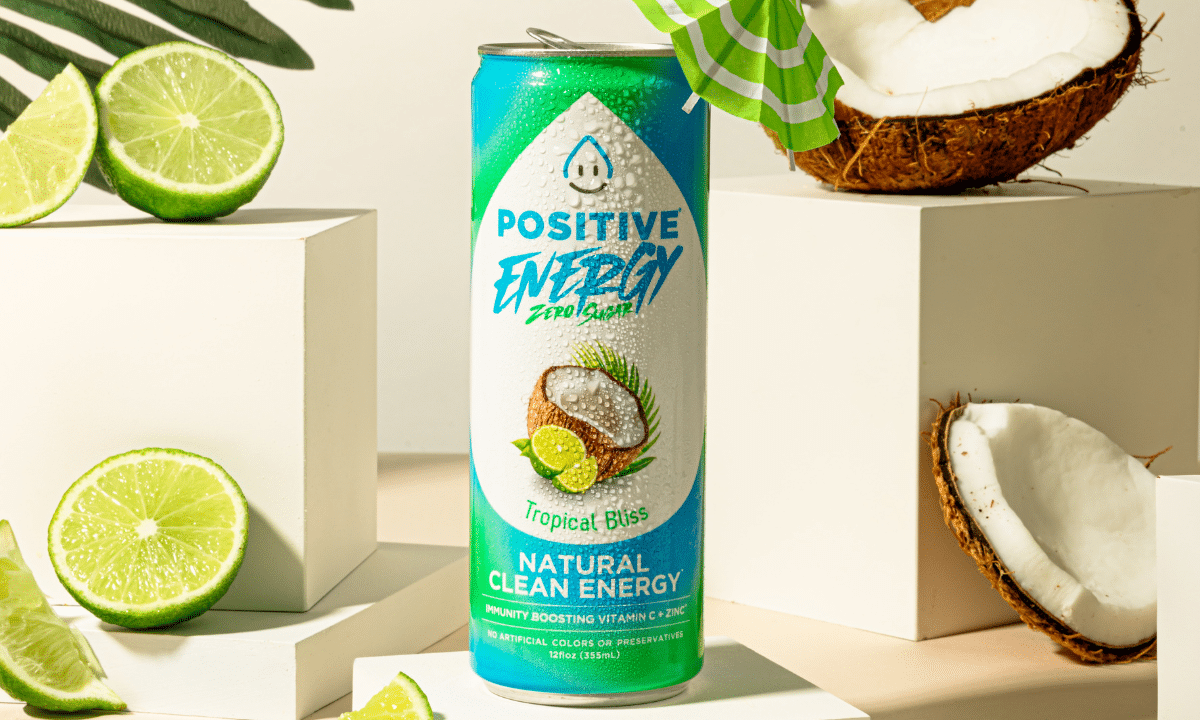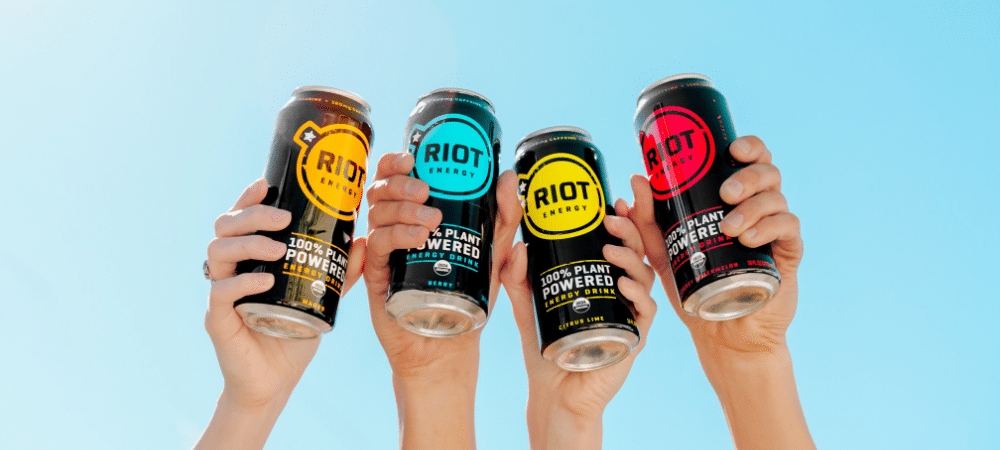In a fast-paced world where energy is a prized commodity, functional energy drinks have emerged as a popular solution for individuals seeking an extra boost. Companies like Red Bull, Monster Energy, and Bang Energy have successfully capitalized on the demand for functional beverages, creating a thriving market. If you’re passionate about the health and wellness industry and have a knack for entrepreneurship, starting your own functional energy drinks business can be an exciting venture. By focusing on natural ingredients, great taste, and an effective energy boost, you can aspire to create the best energy drink that stands out in a crowded market. In this blog post, we will explore the key steps involved in launching your business, using real-life examples of successful products to inspire and guide you.
Step 1: Market Research for Functional Energy Drinks
Before embarking on your entrepreneurial journey, thorough market research is essential. Look at successful brands like Red Bull and study their strategies. Analyze the energy drink industry to identify current trends, consumer preferences, and potential gaps in the market. For example, Red Bull positioned itself as an energy drink for extreme sports enthusiasts, while Monster Energy embraced a rebellious and edgy brand image.
Many energy drinks on the market contain high levels of caffeine and sugar, which can lead to energy crashes and negative side effects, so you may want to focus on healthier alternatives that address these concerns. By offering a product that stands out from other energy drinks through better ingredients and health benefits, you can attract consumers looking for a smarter choice. Whatever your differentiator it is important you understand your target audience, their needs, and purchasing habits to help you position your brand effectively and differentiate it from competitors.
Step 2: Develop a Unique Value Proposition

To stand out in a saturated market, you must develop a unique value proposition. Look at innovative brands like Celsius and their focus on combining energy and fitness. Consider factors such as formulation, ingredients, taste, packaging, and branding. If you are trying to reach health-conscious consumers, you may want to prioritize healthy ingredients and make your beverage is gluten free to appeal to them. For instance, Bang Energy gained popularity with its sugar-free, high-caffeine formula and bold, vibrant packaging. Focus on creating a product that not only delivers an energy boost but also provides additional health benefits, like Runa’s organic energy drinks. They are dedicated to bringing clean energy in every way possible, from using only real ingredients to how they source and produce their great-tasting energy drinks. Runa’s ingredients are certified both USDA Organic and Fair Trade™, and many are sourced from the Amazon Rainforest, supporting biodiversity and regenerative agriculture. To further differentiate, ensure your product avoids any chemical taste by focusing on natural and clean flavors. Including functional ingredients like l theanine can also support cognitive function and mood, helping consumers reach their full potential.
Step 3: Formulate Your Product
The formulation of your functional energy drink is crucial. Look at successful examples like G Fuel, known for its unique blend of antioxidants, vitamins, and amino acids. Collaborate with experts and formulators to create a recipe that combines natural, high-quality ingredients known for their energy-boosting properties, including those that support the adrenal glands to help maintain energy and manage stress.
Consider incorporating elements like adaptogens, vitamins, and natural stimulants, some of which can help boost metabolism and reduce body fat as part of a healthy lifestyle, while avoiding excessive artificial additives and sugars. When selecting caffeine sources, aim for the perfect amount to provide a balanced boost without jitters or crashes. Strive for a balanced flavor profile that appeals to a wide range of consumers while maintaining the functional benefits of the drink, and consider offering options with or without carbonation to suit different preferences.
Step 4: Establish Supply Chains
Ensure a stable supply chain by sourcing reliable and sustainable ingredient suppliers. Consider working with suppliers who source ingredients sustainably from regions like the Amazon Rainforest to support biodiversity and environmental responsibility. Look at successful companies like Monster Energy, which developed long-term relationships with suppliers to maintain consistent quality. Research potential vendors, obtain samples, and evaluate their quality, pricing, and availability. Establish relationships with manufacturers who can produce your functional energy drinks at scale while adhering to stringent quality control measures.
Step 5: Branding and Packaging

Invest in compelling branding and eye-catching packaging. Look at successful examples like Rockstar Energy, which created a distinct brand identity with its rock ‘n’ roll-inspired design. Develop a logo, choose distinctive colors, and create a brand identity that resonates with your target audience. The packaging should be visually appealing and communicate the key benefits of your functional energy drink.
Consider offering your energy drinks in convenient multipack configurations, such as a 12-pack or variety packs, to provide customers with value, choice, and the convenience of having multiple flavors or a ready supply for regular use. You may also want to think about sustainable packaging options to align with the growing consumer demand for eco-friendly products, like the aluminum cans used by REIZE Energy Drink.
For more information on sustainable packaging, check out our podcasts Beyond the Hype—Sustainable Packaging and Innovations in Sustainability—Dissolvable Packaging.
Step 6: Marketing and Distribution
Design a comprehensive marketing strategy to create awareness and generate interest in your functional energy drinks. Learn from brands like Monster Energy, which leveraged sponsorship deals with extreme sports events to reach their target audience effectively. Utilize social media platforms, influencer marketing, and engaging content creation to connect with your audience. Collaborate with fitness centers, health food stores, and other relevant retail outlets to expand your distribution network. Explore online sales, subscription services, and partnerships with e-commerce platforms to reach a wider customer base.
Step 7: Ensure Compliance and Safety
Given the nature of the food and beverage industry, compliance with health and safety regulations is paramount. Learn from successful companies like Red Bull, which ensures their production facilities meet all required standards and certifications. Perform rigorous testing and quality control to guarantee the safety and consistency of your functional energy drinks. Transparent labeling and clear communication of potential allergens or sensitivities build trust with consumers.

Launching and Refining Your Functional Energy Drink
In the fast-paced world of energy drinks, customer feedback isn’t just helpful—it’s essential. It’s how bold brands fine-tune their formulas, evolve their flavor profiles, and craft experiences that resonate. Today’s consumers are clear about what they love: craveworthy taste, a clean boost of energy, and options like sugar-free or non-carbonated varieties that align with their lifestyle. But craveworthy brands don’t just listen to praise—they pay close attention to concerns too. Whether it’s a sensitivity to ingredients or a preference for cleaner formulations, thoughtful support and transparent innovation go a long way. By putting customer insights at the heart of product development, your energy drink brand can earn trust, spark loyalty, and stay one step ahead of the curve.
What Today’s Consumers Want in Functional Energy Drinks
As the energy drink market evolves, brands are embracing a new formula for success—clean energy, natural ingredients, and purposeful performance. Consumers are no longer satisfied with just an energy boost—they’re starting to question what’s actually in their drink.
Today’s leading energy drinks feature proven ingredients that support both the body and mind, including:
- Green tea extract
- B vitamins
- Guarana extract
- L-theanine
Consumers are seeking ingredients known to enhance:
- Focus
- Metabolism
- Mental alertness
- Immune System
The best energy drinks are moving away from overly processed formulas. Consumers are seeking options that:
- Skip high fructose corn syrup
- Eliminate artificial sweeteners
- Avoid added sugar
- Offer zero sugar or sugar-free alternatives
- Still deliver great taste and delicious flavor
Clean-label benefits are also top of mind. Standout brands often highlight:
- Gluten-free formulations
- Vegan-friendly options
- Non-carbonated flavors for a smoother experience
With smart formulation, brands can offer the perfect amount of caffeine—enough to energize without the crash or sleep disturbances. And by avoiding the chemical taste often found in other energy drinks, they create a more enjoyable and trustworthy experience.
Ultimately, the future belongs to energy drink brands that combine functional benefits, thoughtful formulation, and a clear commitment to healthy ingredients and natural energy.
Finding Your Business Potential
Launching an energy drink brand takes more than just a good idea—it takes insight, intention, and strategy. By studying what makes the best energy drinks stand out—whether it’s natural ingredients like green tea extract, B vitamins, and guarana extract, or innovative zero sugar and non carbonated flavors—you’ll gain the clarity needed to define your own competitive edge.
Back your vision with deep market research, a strong brand identity, standout packaging design, and a product formulated to support real benefits like focus, energy production, and mental alertness. Clean, functional formulas are more than a trend—they’re a promise. Choose ingredients that fuel energy without the crash, and avoid common concerns like high fructose corn syrup, artificial sweeteners, and chemical taste.
Today’s consumers want more than just a boost—they want transparency, healthy ingredients, and great taste. Whether you’re targeting weight loss, improved metabolism, or a simple, steady energy level, your product should deliver on both performance and experience.
With thoughtful positioning, an eye for design, and a commitment to innovation and quality, your energy drink brand won’t just enter the market—it will energize it.
Looking for funding for your functional beverage? Check out our post on how to get funding.
If you are looking for a cpg branding agency to help you with your food, beverage or supplement packaging design, let’s talk!
Check out our food packaging design guide for more on the process of designing your packaging.



